View all Standards for Texas Essential Knowledge and Skills for Theatre Arts
B.5.C demonstrate knowledge of production elements in theatre, film, television, and other media.
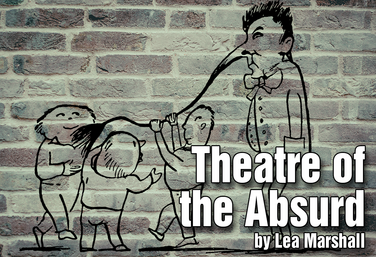
Theatre of the Absurd
by Lea Marshall
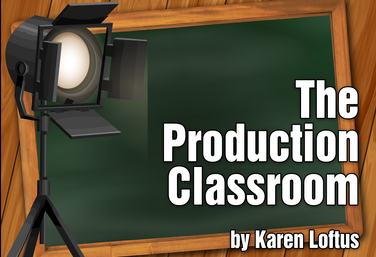
Part of the Production Classroom Units Curriculum
Production Classroom Units Overview
by Karen Loftus

Part of the Production Classroom Units Curriculum
Part One - Pre-Production
by Karen Loftus

Part of the Production Classroom Units Curriculum
Part Two - Rehearsal and Performance
by Karen Loftus

Part of the Production Classroom Units Curriculum
Part Two - Documents
by Karen Loftus

Part of the Production Classroom Units Curriculum
Part Three - Reflection and Assessment
by Karen Loftus

Introduction to Set Design *Hyperdoc
by Lea Marshall
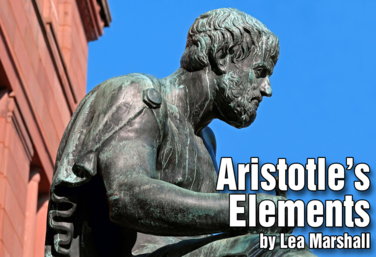
Aristotle's Elements
by Lea Marshall
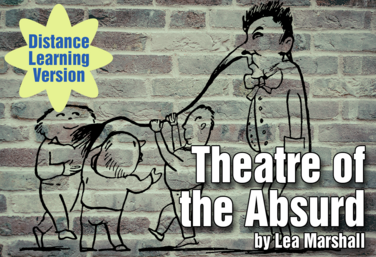.png)
Part of the Distance Learning Curriculum
Theatre of the Absurd
by Lea Marshall
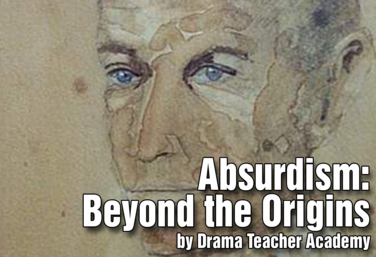
Absurdism: Beyond the Origins
by Drama Teacher Academy
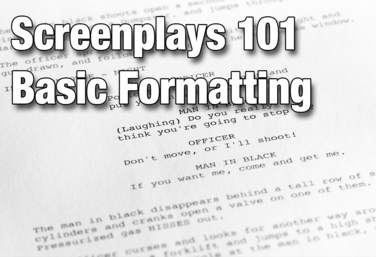
Screenplays 101: Basic Formatting Unit
by Nicholas Pappas
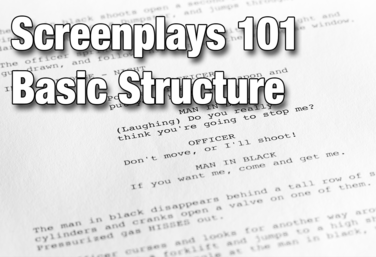
Screenplays 101: Basic Structure Unit
by Nicholas Pappas

The Production Classroom
by Karen Loftus
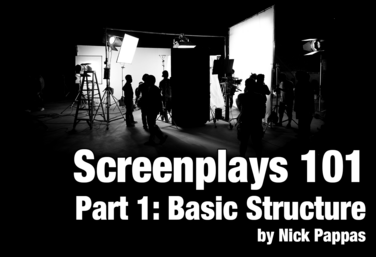
Screenplays 101 - Part 1: Basic Structure
by Nicholas Pappas
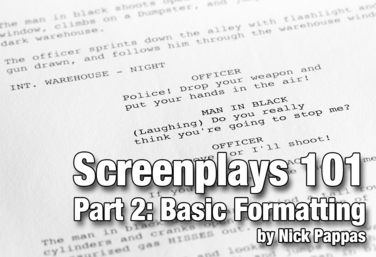
Screenplays 101 - Part 2: Basic Formatting
by Nicholas Pappas
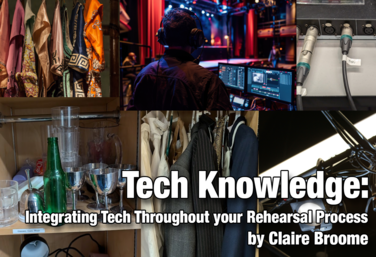
Tech Knowledge: Integrating Tech Throughout Your Rehearsal Process
by Claire Broome
View all Standards for Texas Essential Knowledge and Skills for Theatre Arts Standards Master List